Nanocomposite protects against intense light, holds promise for expanding high-speed optical network
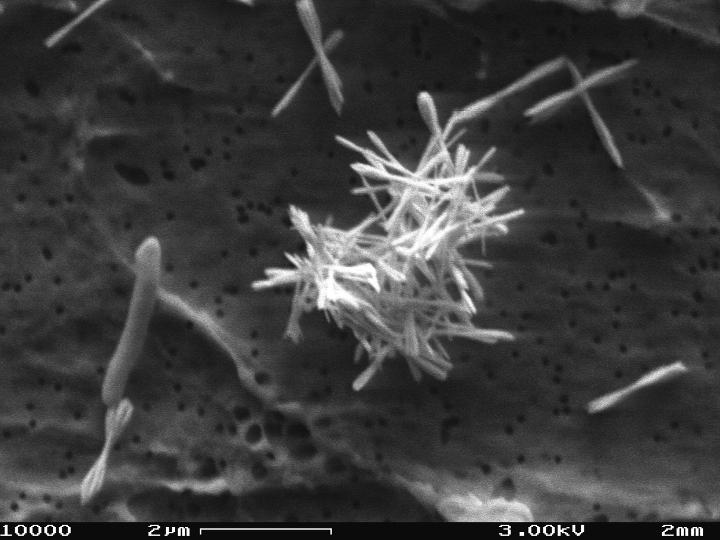
news, journals and articles from all over the world.

Nanocomposite protects against intense light, holds promise for expanding high-speed optical network

Researchers from the University of Pennsylvania provide a molecular map of every cell in a developin
ST. LOUIS, MO, September 4, 2019 – Carbon dioxide (CO2) levels are higher than at any point in the past 800,000 years and in 2017, the global average amount of CO2 hit a new record: 405 parts per million, according…

Biogerontology Research Foundation scientists have developed and experimentally-validated a new AI e
Scientists discover the secret behind some protein transporters’ superiority
A simple and sensitive urine test developed by Imperial and MIT engineers has produced a colour change in urine to signal growing tumours in mice. Tools that detect cancer in its early stages can increase patient survival and quality of…

A breakthrough in imaginative artificial intelligence resulting in the creation of novel molecules a
Four researchers at IIT — Istituto Italiano di Tecnologia in Italy have been awarded by European Re

For the past several years, University of Illinois researcher Kyle Smith has proven his growing expertise in the field of water desalination, with a range of research results that could address the immediate need to combat diminishing clean water sources…
Researchers led by Prof. Johan Thevelein (VIB-KU Leuven Center for Microbiology) have discovered that Saccharomyces boulardii, a yeast with probiotic properties, produces uniquely excessive amounts of acetic acid, the main component of vinegar. They were also able to find the…
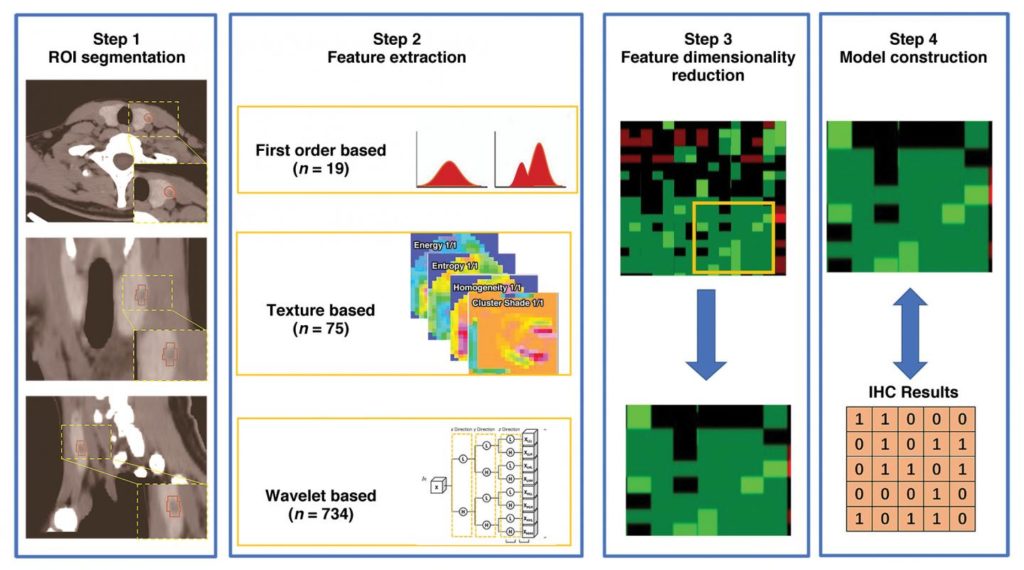
Machine learning models can be trained to extract immunohistochemical (IHC) characteristics from the
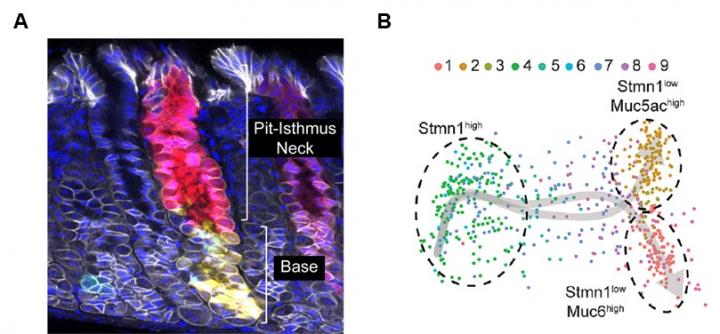
DGIST announced that Professor Jong Kyong Kim’s team in the Department of New Biology participated in a joint research by South Korea, Austria, and the United Kingdom and discovered the characteristics of gastric isthmus stem cells. The results are drawing…
Harvard scientists combine organ-on-a-chip and stem-cell technologies to make a powerful tool for di
Plant diseases, especially those caused by fungal pathogens, jeopardize global crop biosecurity and preventing them requires rapid detection and identification of causal agents. Traditional methods for crop disease diagnosis rely on the expertise of pathologists who can identify diseases by…
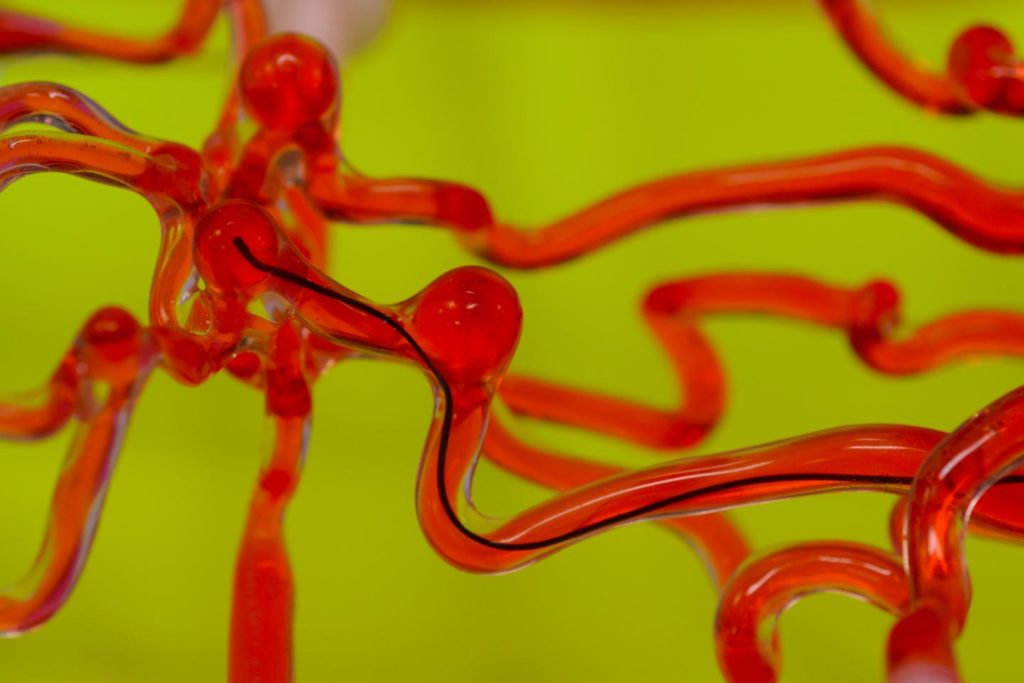
Magnetically controlled device could deliver clot-reducing therapies in response to stroke or other
Biocompatible gold nanoparticles designed to convert near-infrared light to heat have been shown to safely and effectively ablate low- to intermediate-grade tumors within the prostate, according to a study conducted at the Icahn School of Medicine and published in the…
Biocompatible gold nanoparticles designed to convert near-infrared light to heat have been shown to safely and effectively ablate low- to intermediate-grade tumors within the prostate, according to a study conducted at the Icahn School of Medicine and published in the…

University of Pittsburgh’s Gelsy Torres-Oviedo receives an $805K NSF CAREER Award for a novel approa
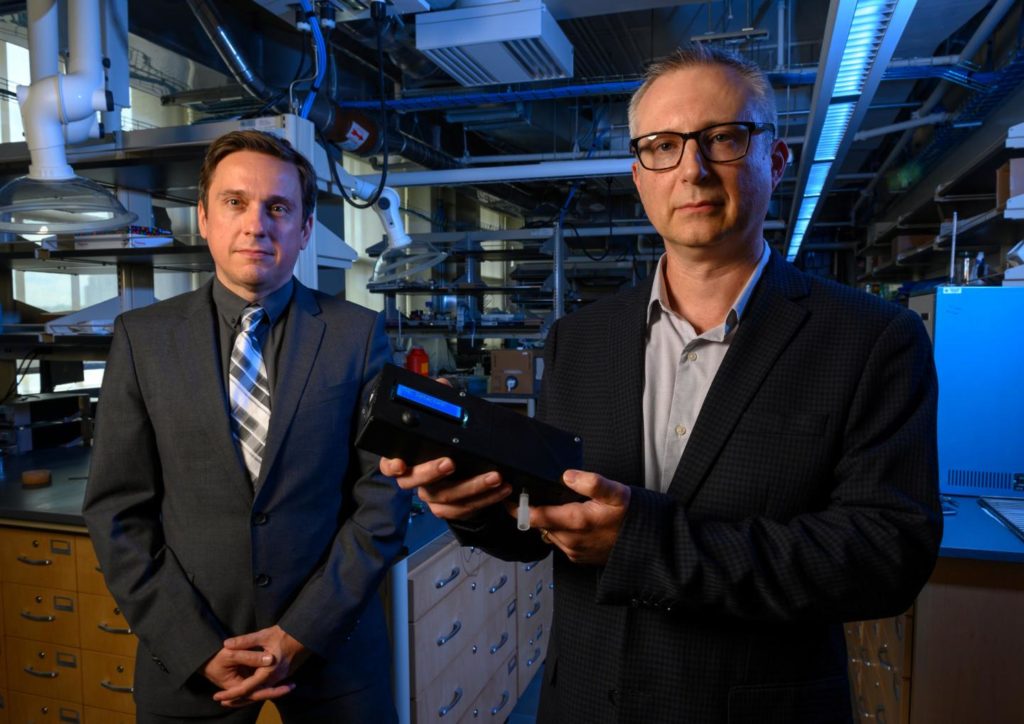
PITTSBURGH (Aug. 27, 2019) — As recreational marijuana legalization becomes more widespread throughout the U.S., so has concern about what that means for enforcing DUI laws. Unlike a breathalyzer used to detect alcohol, police do not have a device that…

University of Pittsburgh’s Gelsy Torres-Oviedo receives an $805K NSF CAREER Award for a novel approa
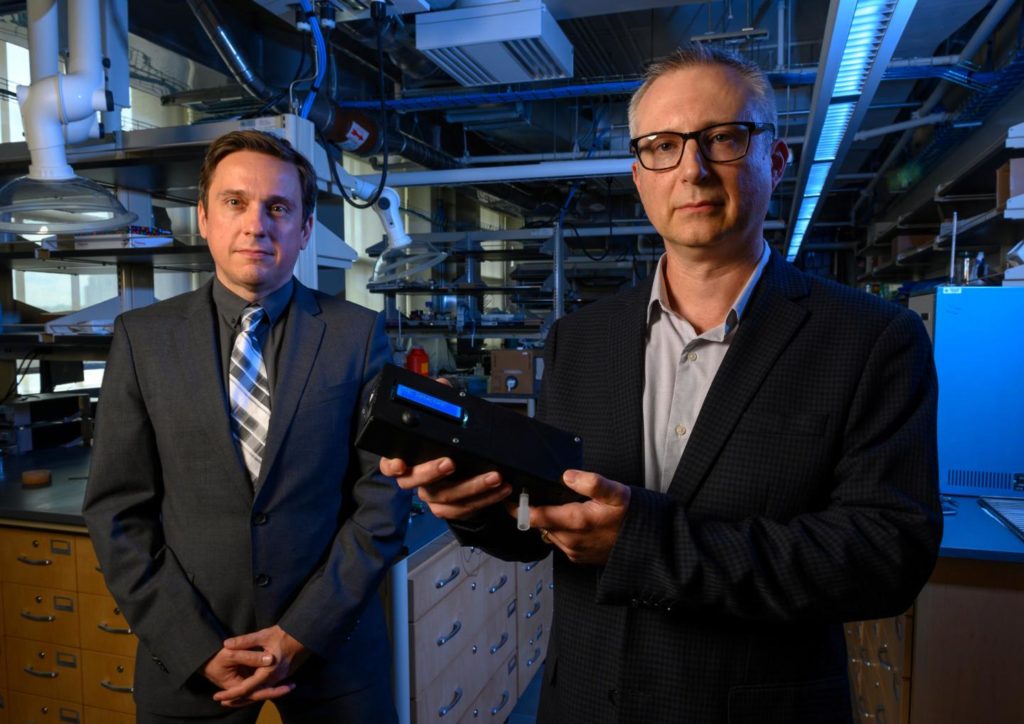
PITTSBURGH (Aug. 27, 2019) — As recreational marijuana legalization becomes more widespread throughout the U.S., so has concern about what that means for enforcing DUI laws. Unlike a breathalyzer used to detect alcohol, police do not have a device that…
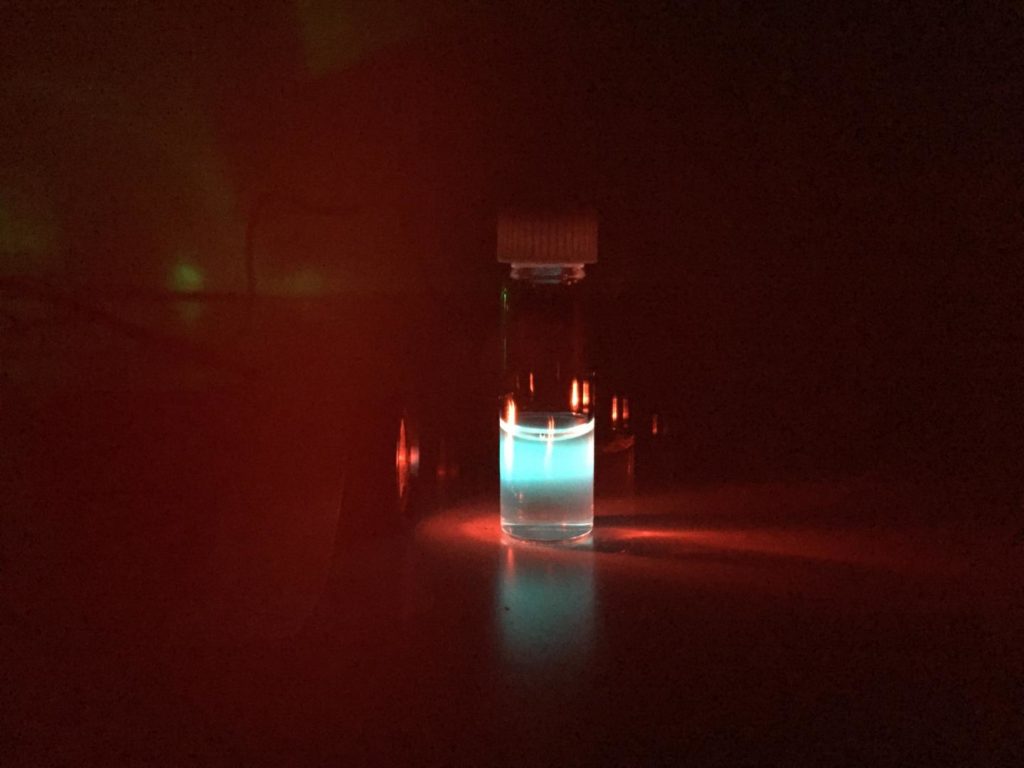
SAN DIEGO, Aug. 27, 2019 — Movies featuring heroes with superpowers, such as flight, X-ray vision or extraordinary strength, are all the rage. But while these popular characters are mere flights of fancy, scientists have used nanoparticles to confer a…
Researchers use computational tools to enhance the resolution of optical coherence tomography, poten
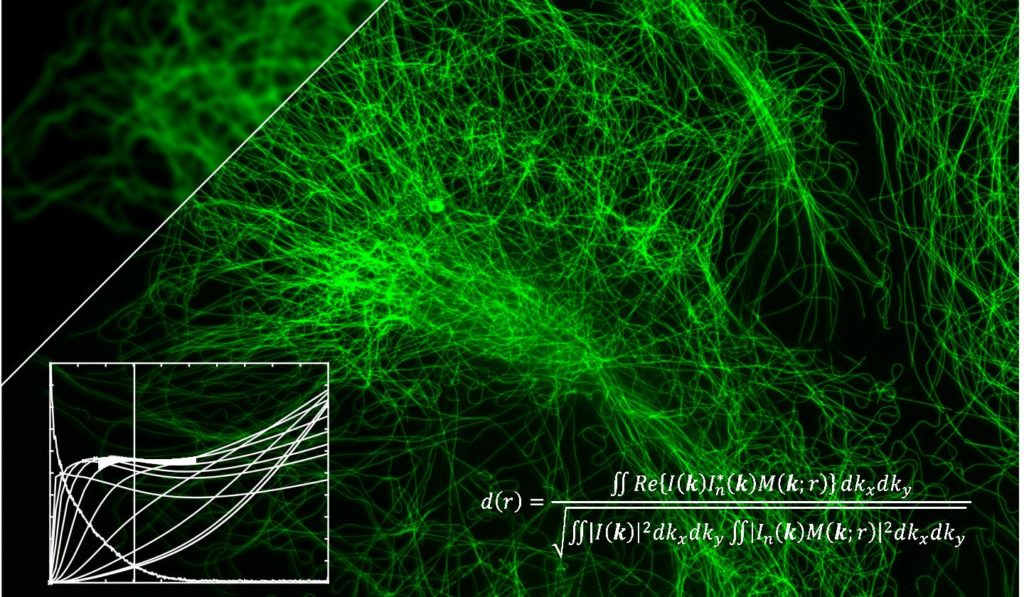
Thanks to the advent of super-resolution microscopes some 30 years ago, scientists can observe subcellular structures, proteins and living tissue with unprecedented precision. These microscopes operate by measuring the fluorescent light that some compounds emit naturally or the light emitted…

Can you manipulate the taste of noble cocoas in different directions to create exciting new flavors

Bacteria could be used to produce large quantities of medicines and fuels using a new gene programming technique, research suggests. The powerful method could enable bacteria to be used as cheap and environmentally friendly living factories that make a range…
Researchers have found that changing the mechanical properties of individual cells disrupts their ability to remain stable, profoundly affecting their health and the health of the tissue that comprises them. In the September issue of the journal Current Biology ,…

PROVIDENCE, R.I. [Brown University] — The nanomaterial graphene has received significant attention for its potential uses in everything from solar cells to tennis rackets. But a new study by Brown University researchers finds a surprising new use for the material:…
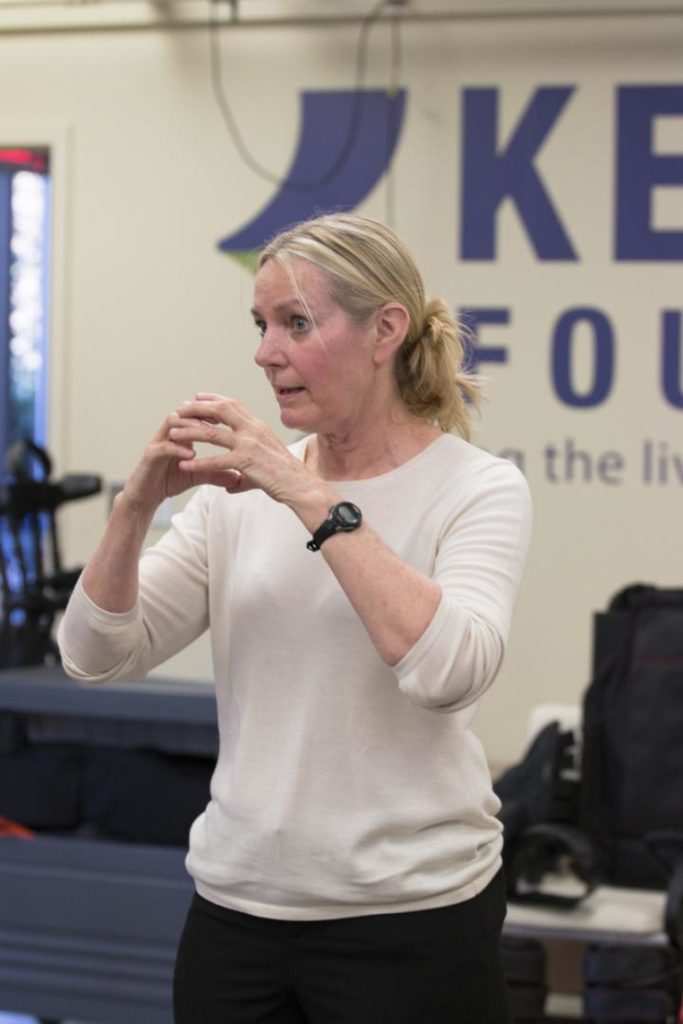
With funding from the Department of Defense, research facilities in Ohio and New Jersey will conduct
PITTSBURGH, Aug. 26, 2019 – Researchers at UPMC Hillman Cancer Center provide the first concrete evidence for the long-held belief that sick mitochondria pollute the cells they’re supposed to be supplying with power. The paper, published this week in the…
Tissue engineers create artificial organs and tissues that can be used to develop and test new drugs, repair damaged tissue and even replace entire organs in the human body. However, current fabrication methods limit their ability to produce free-form shapes…

Researchers have now shed light on how bacteria and baker’s yeast generate and use their energy to g

BLOCKCHAIN. Researchers at the University of Copenhagen have developed a prototype of an app that may potentially prescribe the optimal dose of medicine for the individual patient, as well as prevent counterfeit products. Big data. Machine Learning. Internet of Things.…

Research by UMass Amherst food scientists compared effects of fresh and thermally processed oil

Designing self-rolling 3D sensors that wrap around heart cell spheroids
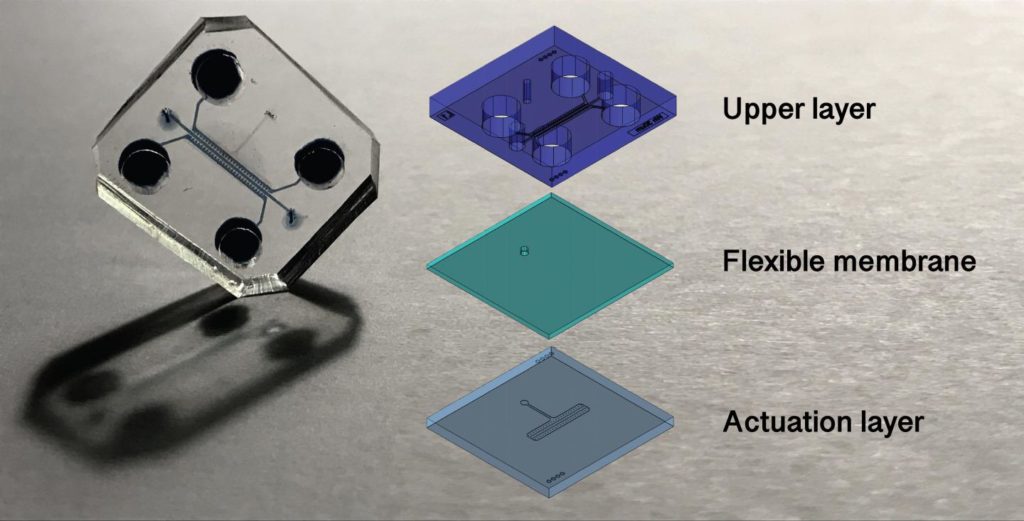
The study, published in Nature Biomedical Engineering, is led by the Politecnico di Milano alongside

TTUHSC’s Cuello has Research Published in PNAS
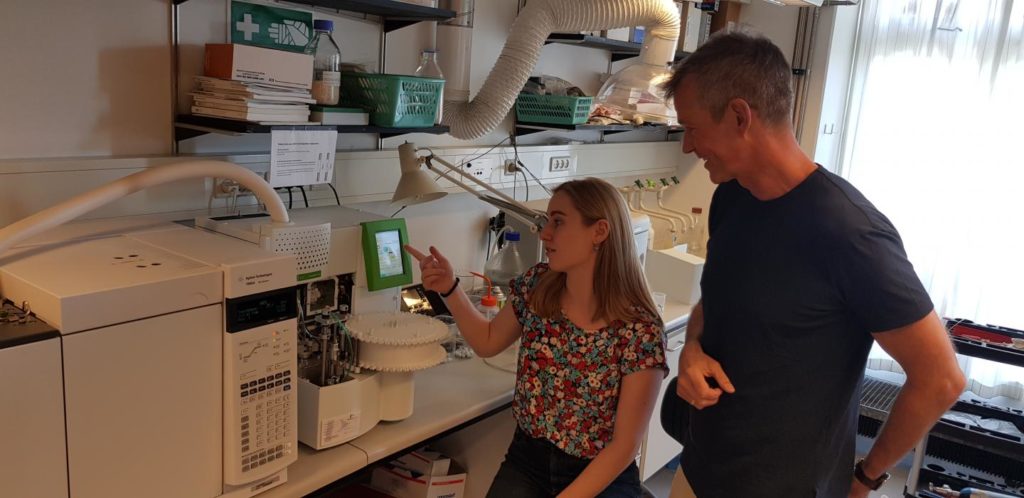
A group of researchers from the Department of Food Science at the University of Copenhagen have figu
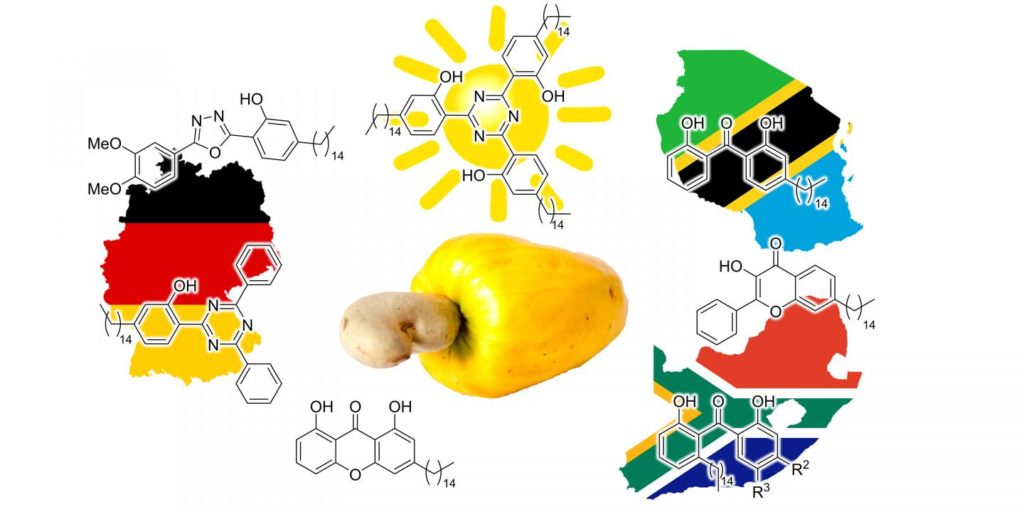
Team is working on techniques to produce useful compounds from wood and other fast growing non-edibl
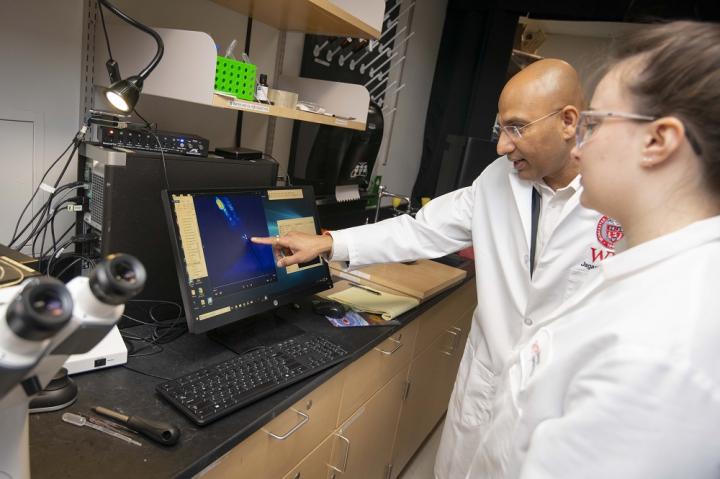
Worcester, Mass. – August 15, 2019 – A biologist at Worcester Polytechnic Institute (WPI) has shown that a key biological component in a worm’s communication system can be repurposed to take on a different job, a critical finding about the…

Skin-hugging sensors track health indicators and use a novel type of RFID to beam signals to receive

Everyone’s talking about CRISPR-Cas. This biotechnological method offers a relatively quick and easy way to manipulate single genes in cells, meaning they can be precisely deleted, replaced or modified. Furthermore, in recent years, researchers have also been using technologies based…
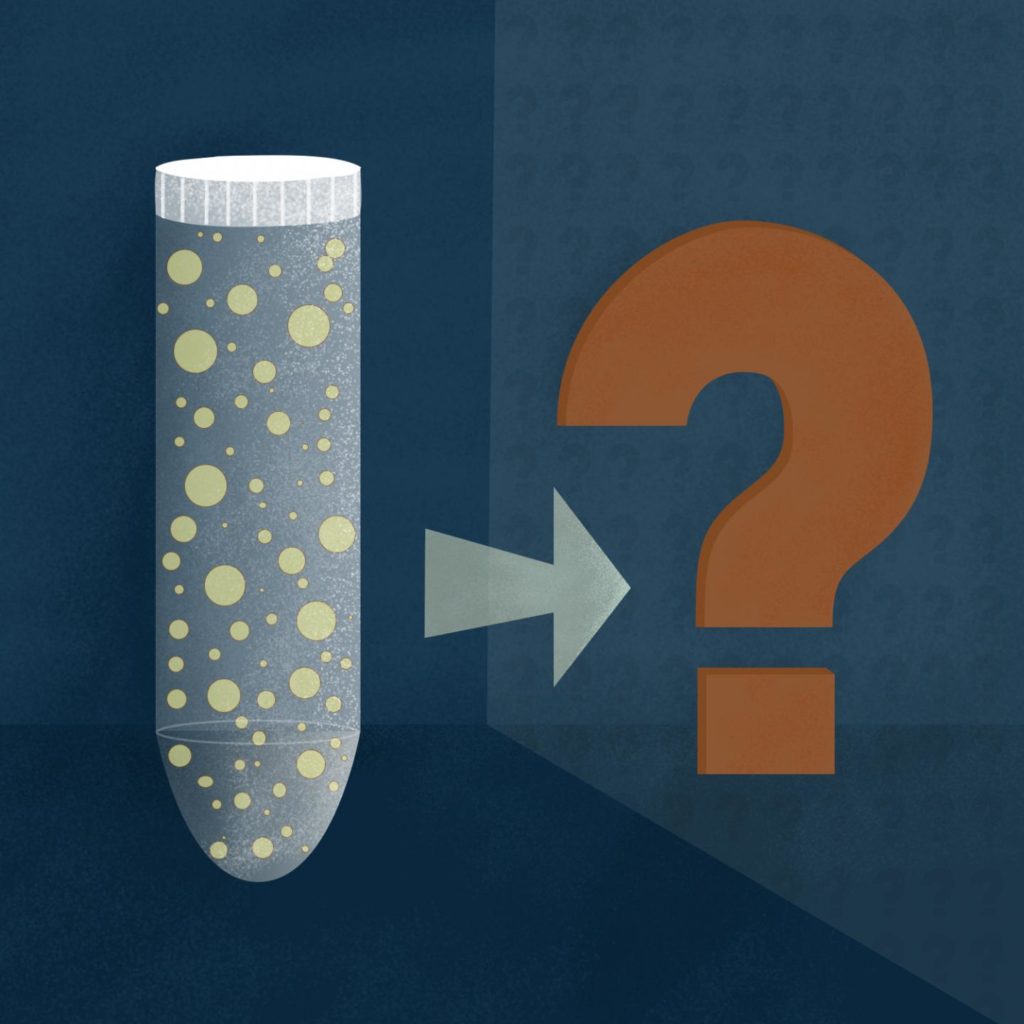
Tiny nanoparticles play a gargantuan role in modern life, even if most consumers are unaware of their presence. They provide essential ingredients in sunscreen lotions, prevent athlete’s foot fungus in socks, and fight microbes on bandages. They enhance the colors…
Therapeutic virtual reality can be used to reduce severe pain in hospitalized patients, according to a study published August 14, 2019 in the open-access journal PLOS ONE by Brennan Spiegel of Cedars-Sinai Health System, USA, and colleagues. Therapeutic virtual reality…
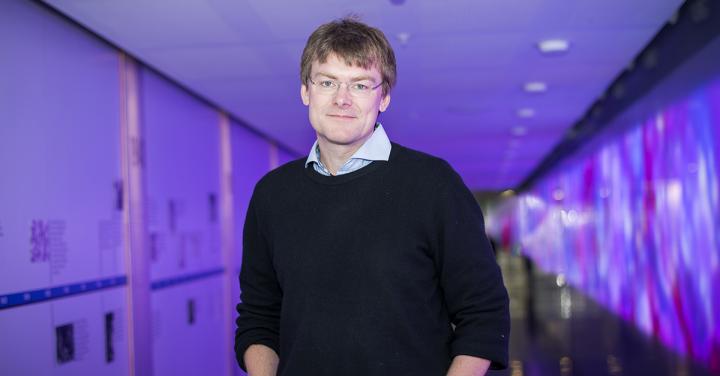
Australian researchers are among the first in the world to have access to a new approach to understand intricate changes that control how proteins function in our cells in health and disease. The new proteomics technique called ‘ubiquitin clipping’ allows…
Engineering multiple bacterial strains reverses antagonistic interactions and results in more balanc
New research uncovers a mechanism that keeps hormone auxin in its place